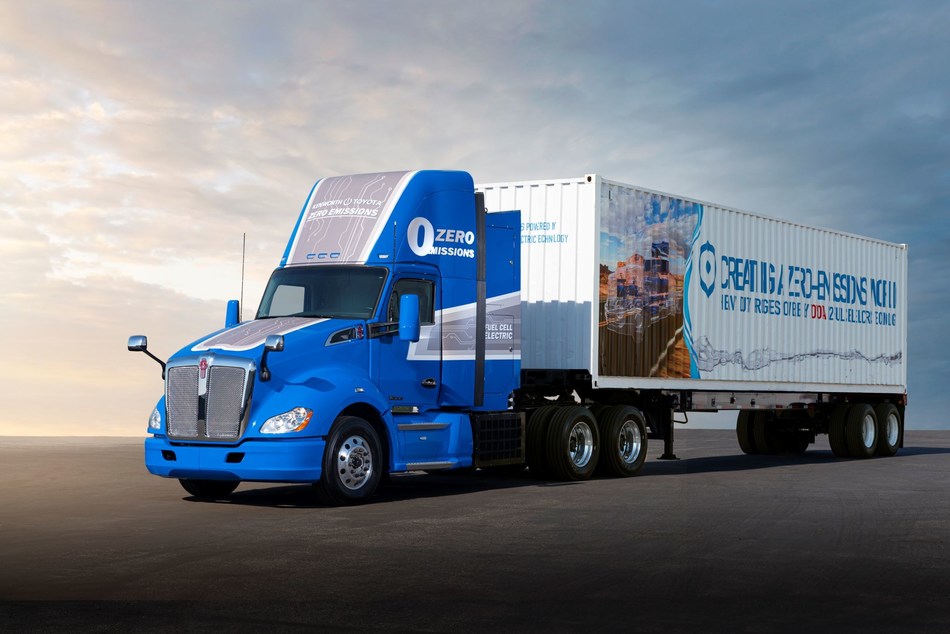
BHP continues to avoid dialogue with IndustriALL
OVER COVID CONDITIONS IN ITS MINING OPERATIONS
16 October, 2020
During its virtual annual general meeting for shareholders and investors, mining giant BHP, the largest mining company in the world by market capitalization and a company that claims to operate with integrity and responsibility, refused to recognize its responsibility in the Cerrejón conflict.
During the AGM, IndustriALL raised the issue of an apparent double standard in how BHP is handling Covid-19. The company has ensured adequate responses in the face of the virus in Australia and Canada, which are in stark contrast to its poor handling of the pandemic in Chile, Peru and Colombia.
In March, workers at BHP’s Spence mine in Chile had to implement a 24-hour work stoppage to force the company to take adequate protection measures against Covid-19.
As of late August, affiliates in Peru, Chile and Colombia reported rising numbers of infections at BHP’s operated and non-operated mines, with IndustriALL affiliate Sintracarbón reporting over 250 cases of COVID-19 among workers at the Cerrejón mine in Colombia alone, and four suspected Covid-19 deaths there (three direct employees, one a contractor).
IndustriALL mining director Glen Mpufane asked the board:
“BHP commits to upholding the UN Guiding Principles on Business and Human Rights, which would indicate that it endorses the principle of respecting - equally - the human rights of people in all countries where it operates. How, therefore, does BHP explain the disjuncture between its handling of Covid-19 in industrialized versus lower-income countries?”
Despite the testimonials from workers, BHP refused to recognize any differences.
Operations at the Cerrejón coal mine in Colombia, in which BHP owns a 33 per cent stake, came to a halt on 31 August. IndustriALL affiliate Sintarcarbón launched a strike after rejecting a shift change that would add 72 working days per year with no wage increase.
What the workers call the death shift would also reduce the number of jobs by 25 per cent and place tremendous burdens on the health, well-being and family lives of the remaining workforce.
Although BHP CEO Mike Henry, in a response to Valter Sanches’ letter calling on BHP to resolve the strike, emphasised the need for dialogue to resolve the strike, the Chairman of the board, Ken Mckenzie, flatly refused to engage in dialogue with IndustriALL Global Union.
Glen Mpufane had asked:
“Will BHP undertake a meaningful dialogue with IndustriALL Global Union in order to ensure the highest labour standards are maintained throughout its operations and that the challenges posed by the pandemic can be tackled through meaningful social dialogue?”
Related documents
IndustriALL and London Mining Network investor handbill on BHP
During the AGM, IndustriALL raised the issue of an apparent double standard in how BHP is handling Covid-19. The company has ensured adequate responses in the face of the virus in Australia and Canada, which are in stark contrast to its poor handling of the pandemic in Chile, Peru and Colombia.
In March, workers at BHP’s Spence mine in Chile had to implement a 24-hour work stoppage to force the company to take adequate protection measures against Covid-19.
As of late August, affiliates in Peru, Chile and Colombia reported rising numbers of infections at BHP’s operated and non-operated mines, with IndustriALL affiliate Sintracarbón reporting over 250 cases of COVID-19 among workers at the Cerrejón mine in Colombia alone, and four suspected Covid-19 deaths there (three direct employees, one a contractor).
IndustriALL mining director Glen Mpufane asked the board:
“BHP commits to upholding the UN Guiding Principles on Business and Human Rights, which would indicate that it endorses the principle of respecting - equally - the human rights of people in all countries where it operates. How, therefore, does BHP explain the disjuncture between its handling of Covid-19 in industrialized versus lower-income countries?”
Despite the testimonials from workers, BHP refused to recognize any differences.
Operations at the Cerrejón coal mine in Colombia, in which BHP owns a 33 per cent stake, came to a halt on 31 August. IndustriALL affiliate Sintarcarbón launched a strike after rejecting a shift change that would add 72 working days per year with no wage increase.
What the workers call the death shift would also reduce the number of jobs by 25 per cent and place tremendous burdens on the health, well-being and family lives of the remaining workforce.
Although BHP CEO Mike Henry, in a response to Valter Sanches’ letter calling on BHP to resolve the strike, emphasised the need for dialogue to resolve the strike, the Chairman of the board, Ken Mckenzie, flatly refused to engage in dialogue with IndustriALL Global Union.
Glen Mpufane had asked:
“Will BHP undertake a meaningful dialogue with IndustriALL Global Union in order to ensure the highest labour standards are maintained throughout its operations and that the challenges posed by the pandemic can be tackled through meaningful social dialogue?”
Related documents
IndustriALL and London Mining Network investor handbill on BHP
 U
U









